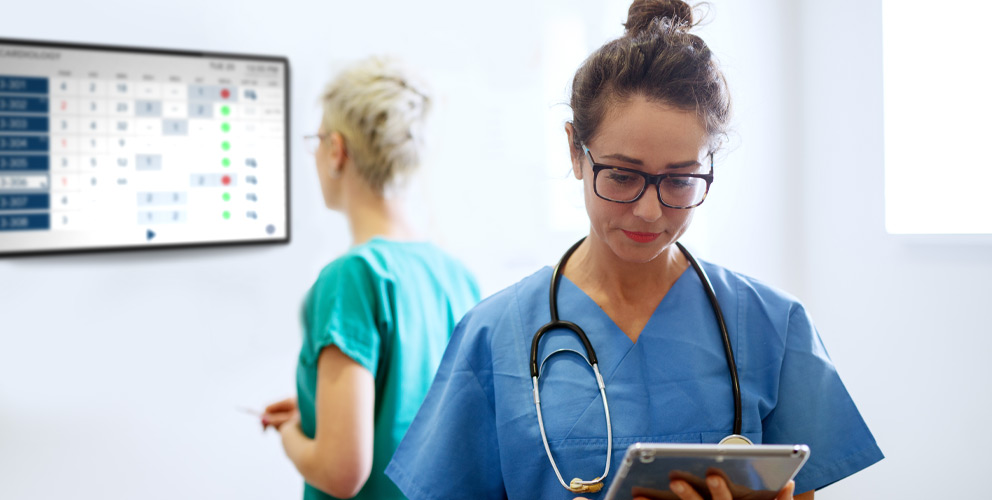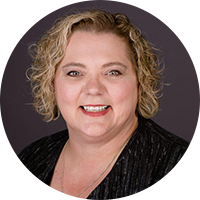
Using dashboards: How real time data informs clinical care
 By Patti Lael, Nursing Executive
By Patti Lael, Nursing Executive August 22, 2018
. . .
Clinical dashboards use patient data to give staff a snapshot look at how a patient is doing and what might be needed next in someone’s care. These real-time tools make it easier to monitor patients, prioritize care and manage engagement materials. Leadership reporting tools can also unify and track processes to help drive a hospital toward greater efficiency.
Timely
Prior to dashboards, managers would submit data requests to an analyst for the information which was costly and not an effective use of time.1 As a manager, I spent my time in a hospital requesting reports and receiving them a month after they were requested. It would have been extremely well received to have real-time data to assist with service recovery and with information to provide excellent care for patients. Immediate service recovery was not an option. Every patient follow up happened in a slow and inefficient manner. An administrative dashboard would have helped to care for patients at the level they are at and meet the needs they have in the acute setting or at home.
Administrative dashboards help administrators and staff make the appropriate decisions to provide safe and effective patient care.
Efficient
Dashboards can be configured to meet the staff and facility needs. For example, a dashboard can be used in staff rounding to assess patient information and prioritize needs near the point of care.
Here’s a sample of the type of data that can be utilized from a dashboard display.
1. PAM (Patient Activation Measures)
Patient Activation MeasuresTM describe the knowledge, skills and confidence a person has in managing his or her own health and care.2 These scores assist the staff with the patient’s levels of understanding his or her condition, medication and health future.
2. Education
The patient’s education assignment is displayed with the information to gauge the patient’s level of participation. This is helpful for understanding when patients may need encouragement, reinforcement or when they would be ready for teach back. The information displayed can include how many titles the patient has watched, and the amount of time watched.
3. Meals
The patient’s meal ordering status can be displayed on the dashboard. Staff can see if there is a meal that has not been ordered and avoid a possible need for service recovery due to the patient having a delay in meal delivery.
4. Requests
Staff can monitor non-critical requests and follow up with any need of the patient that is not being met. This function also helps with avoiding situations that need service recovery.
5. Risk Assessment
Risk assessments and patient scores can be displayed. A patient fall risk, suicide risk, postpartum risk, skin risk, etc.—all these scores play an important part of the patient’s safety and help the staff to tailor a patient’s care.
6. LOS
Patient LOS (Length of Stay) is important for both the patient’s wellbeing and the facility reimbursement. The longer a patient stays in the hospital, the greater chance for complications or errors. Plus, insurance companies and CMS will only pay for contracted amounts of time.
The information that an administrative dashboard can provide in a rounding situation with staff and patients is invaluable. Rounding used to be monitored with a piece of paper attached to wall and the staff would put check marks in boxes to indicate that someone had been in the room. Not the most efficient or effective way of doing patient rounding.
This system did not allow any personalization or focus on specific patient needs.
Using a rounding tool like the administrative dashboard makes the experience for the staff and patients better by focusing in on the issues that meet the patients’ needs and not just a general umbrella for every patient. My experience using these types of tools was very positive. Patients felt their care was personalized. Some patients may not need anything, and others may have several issues that need to be addressed by administrators and staff. The dashboard allows the specific needs of the patient to be addressed in a timely and much more efficient manner.
Stay connected
Get exclusive insights delivered to your inbox from our experts.